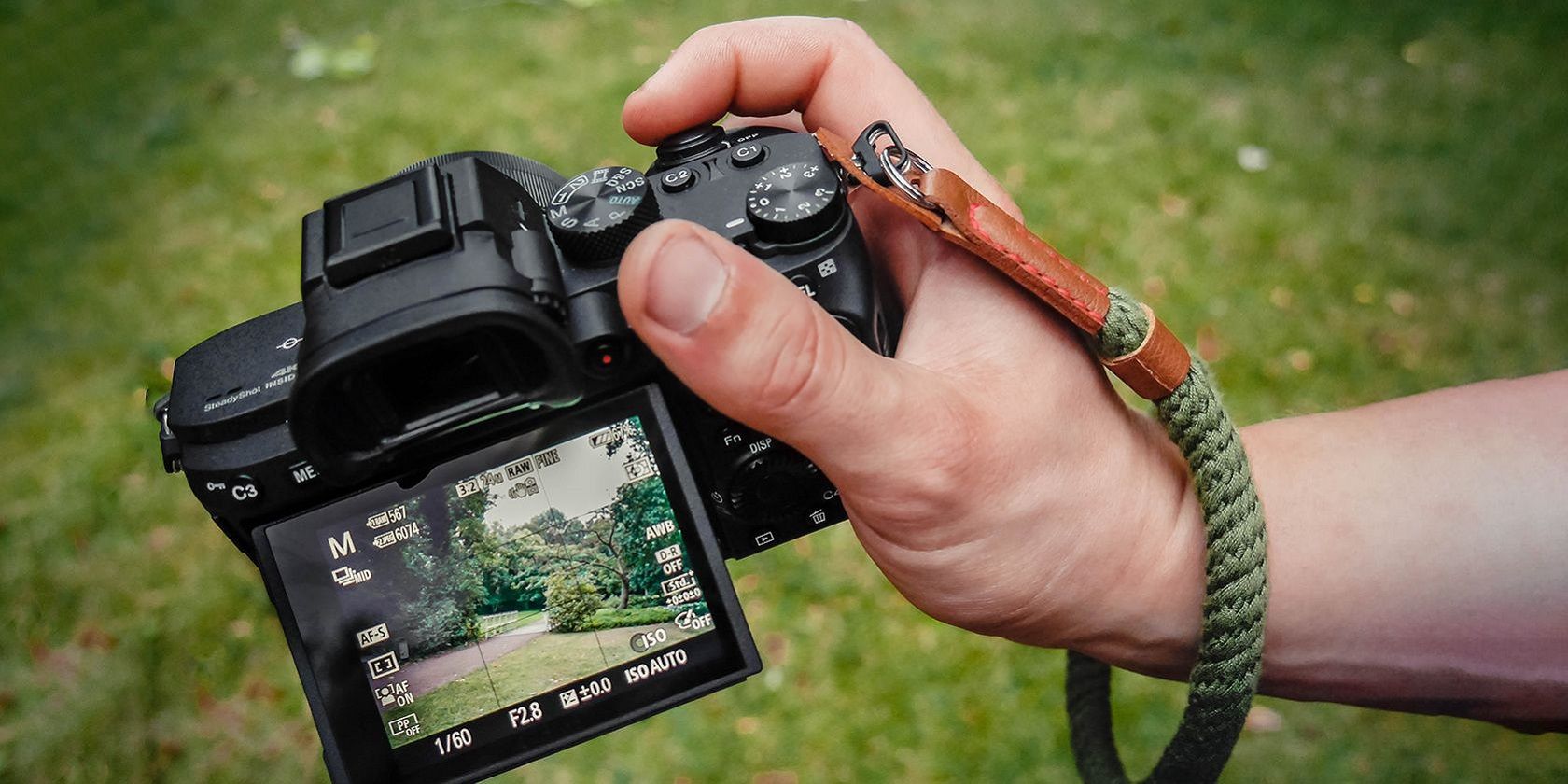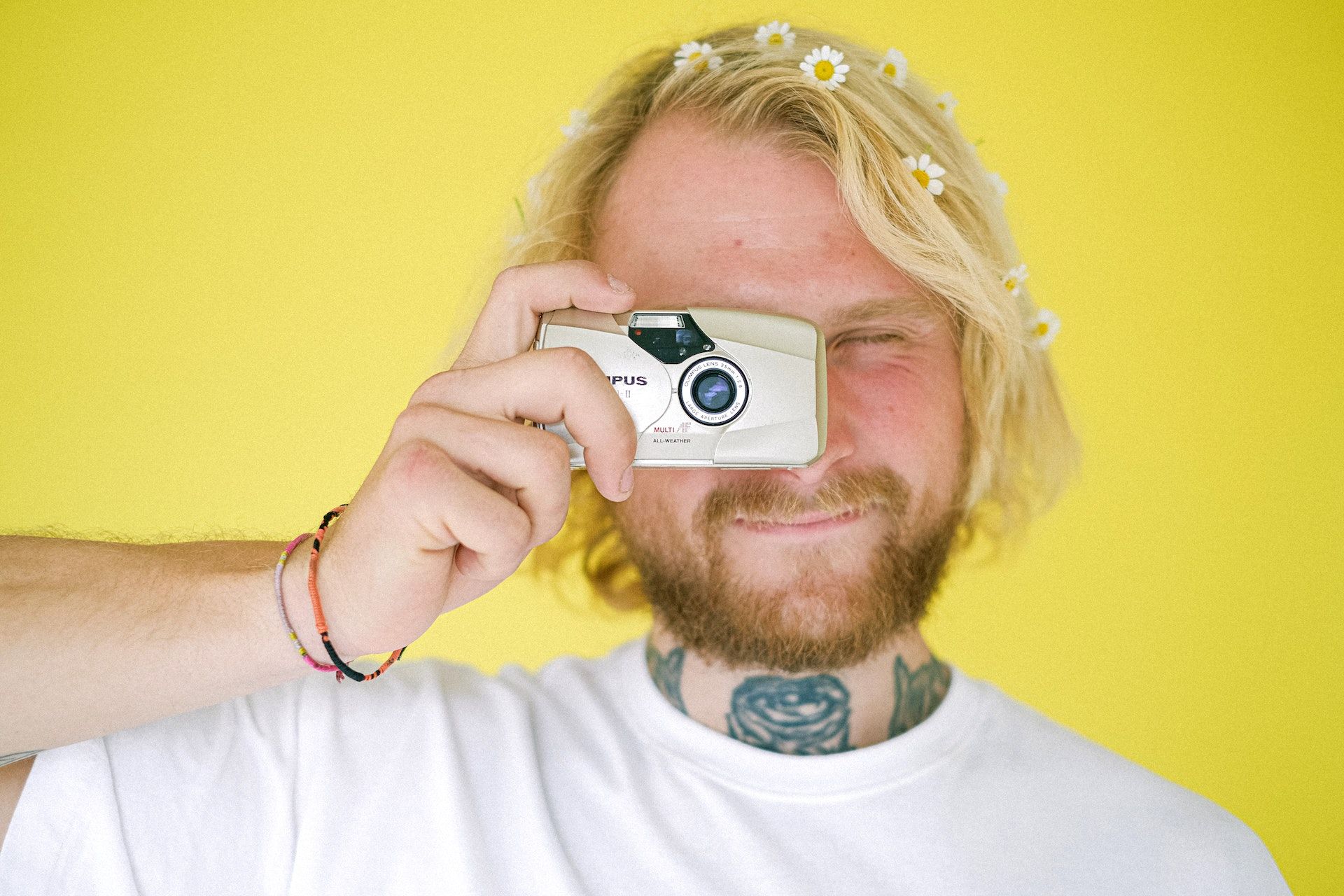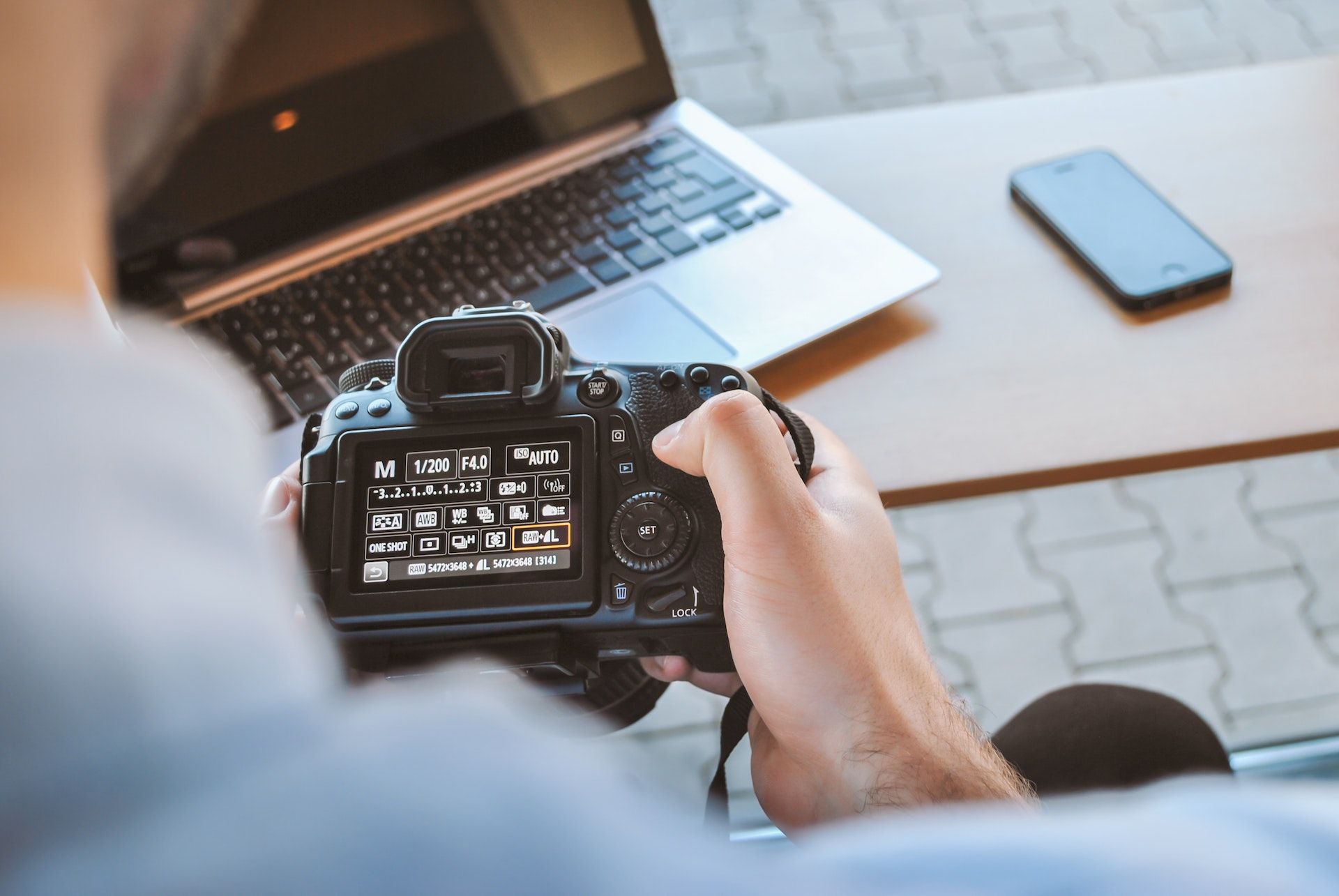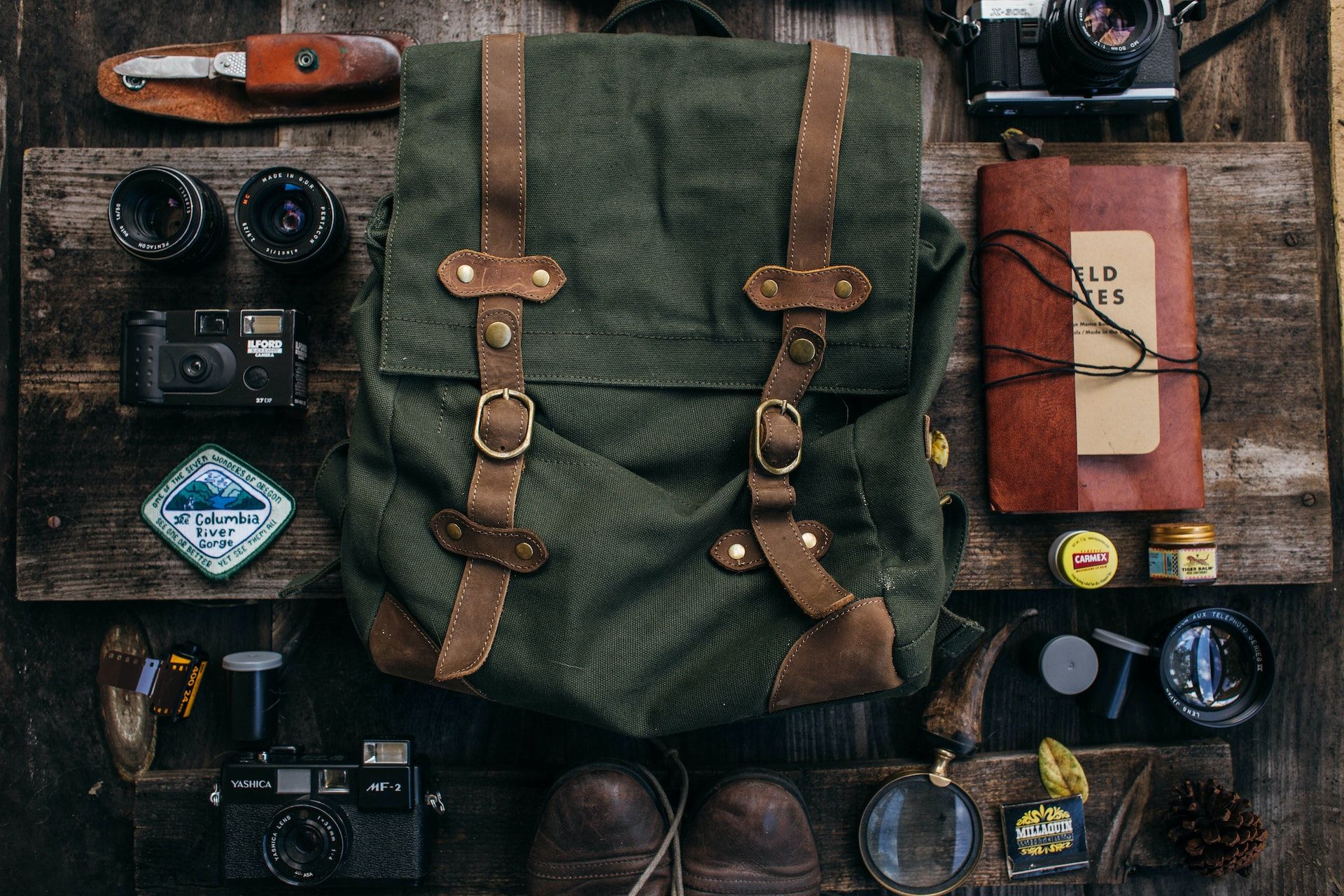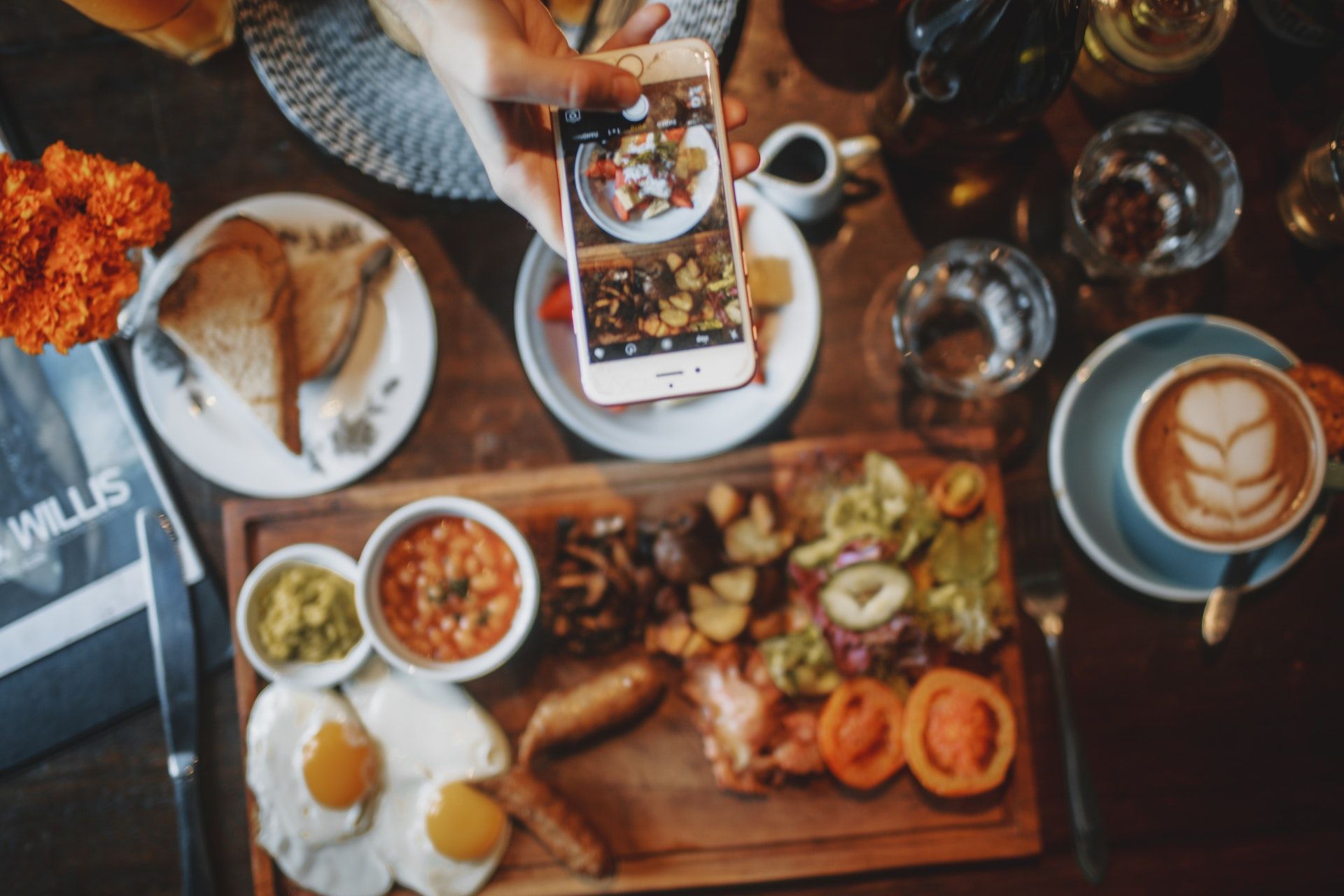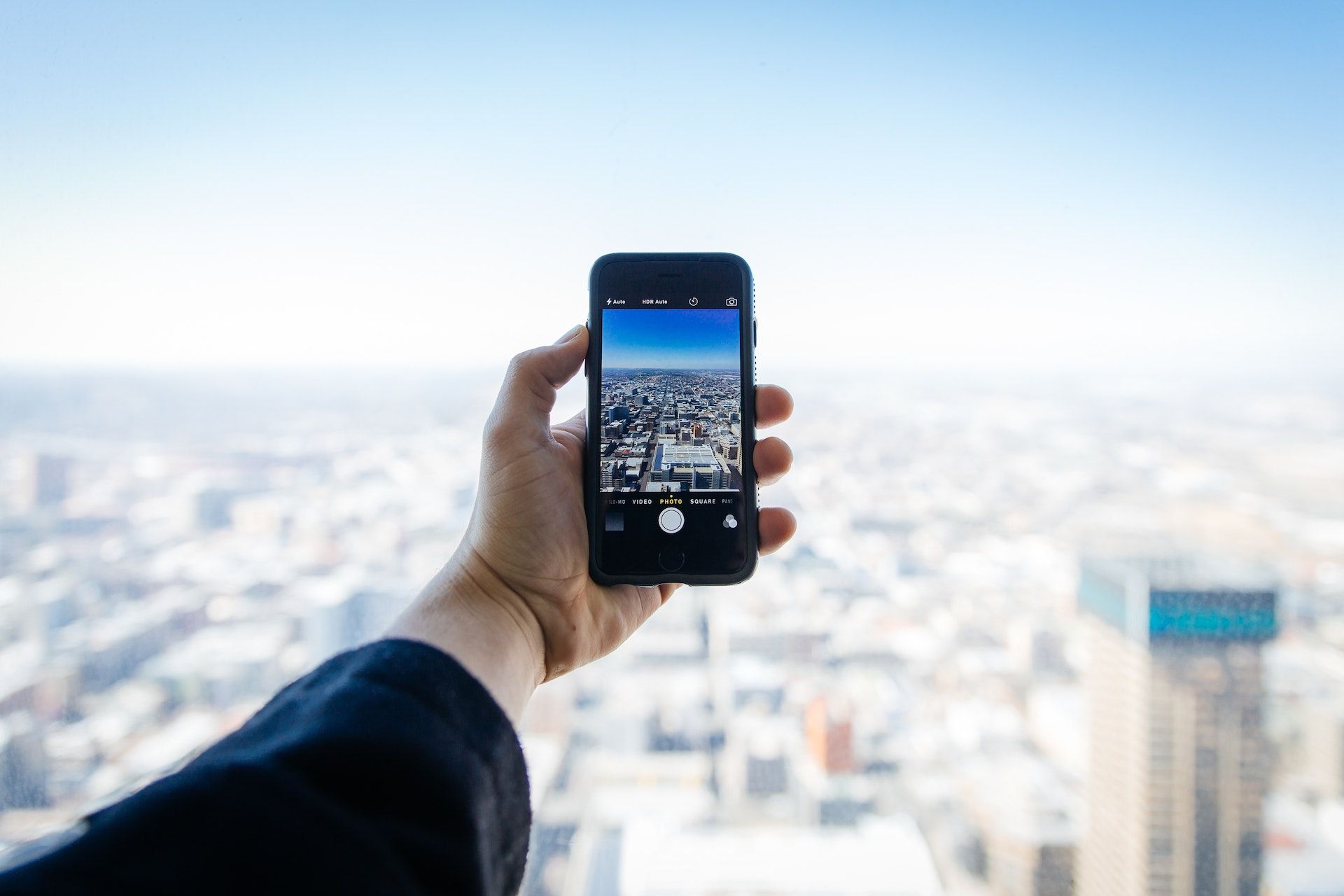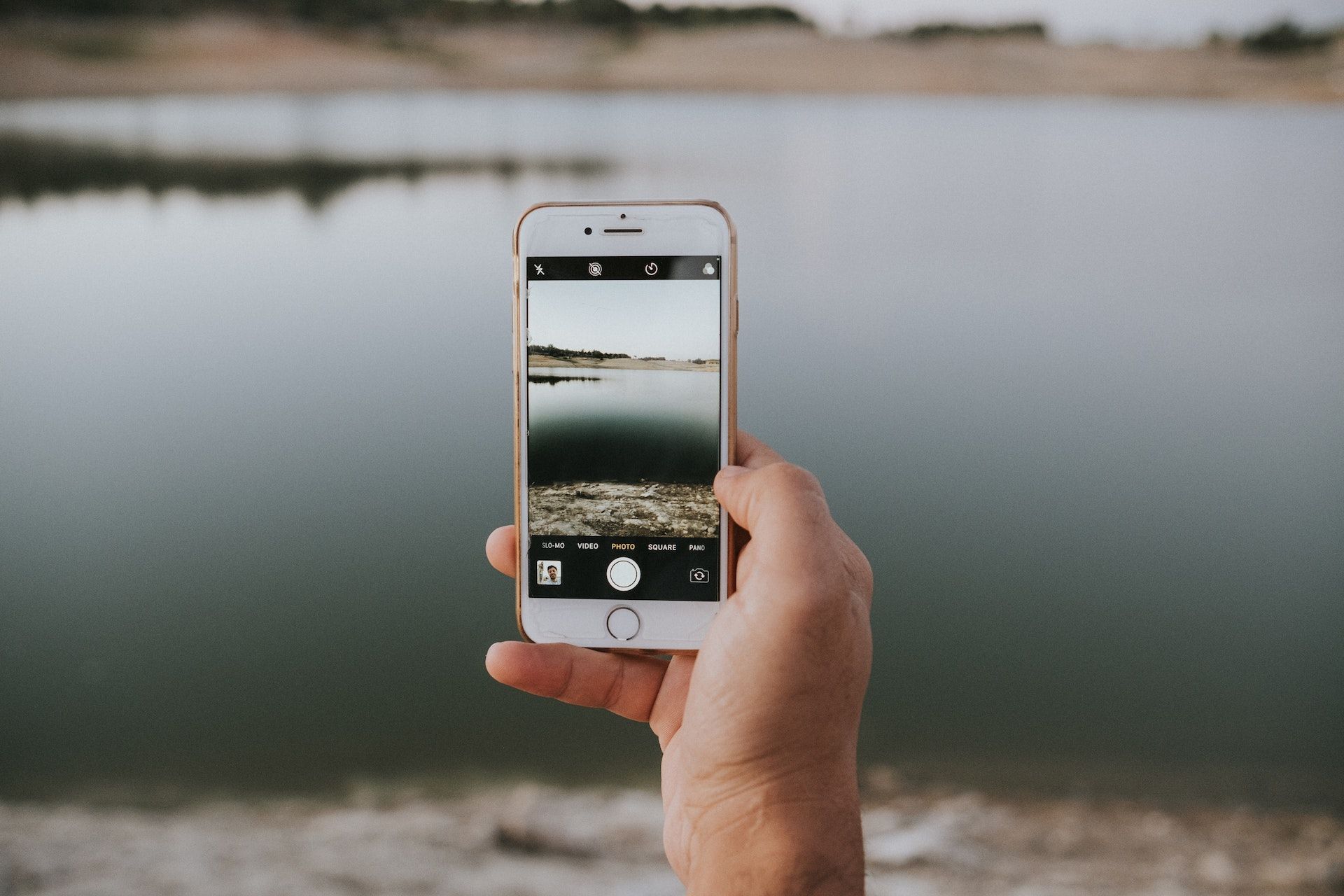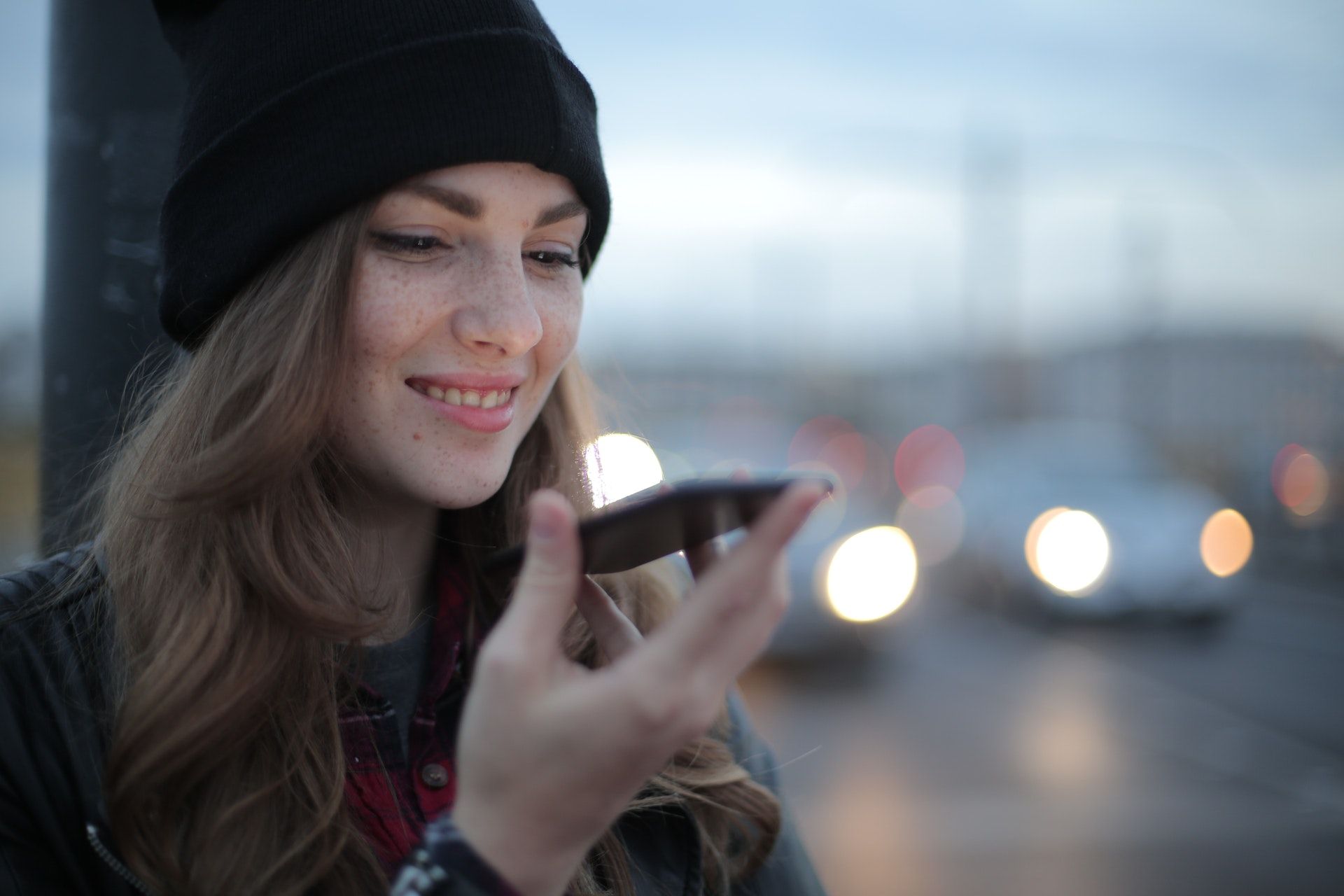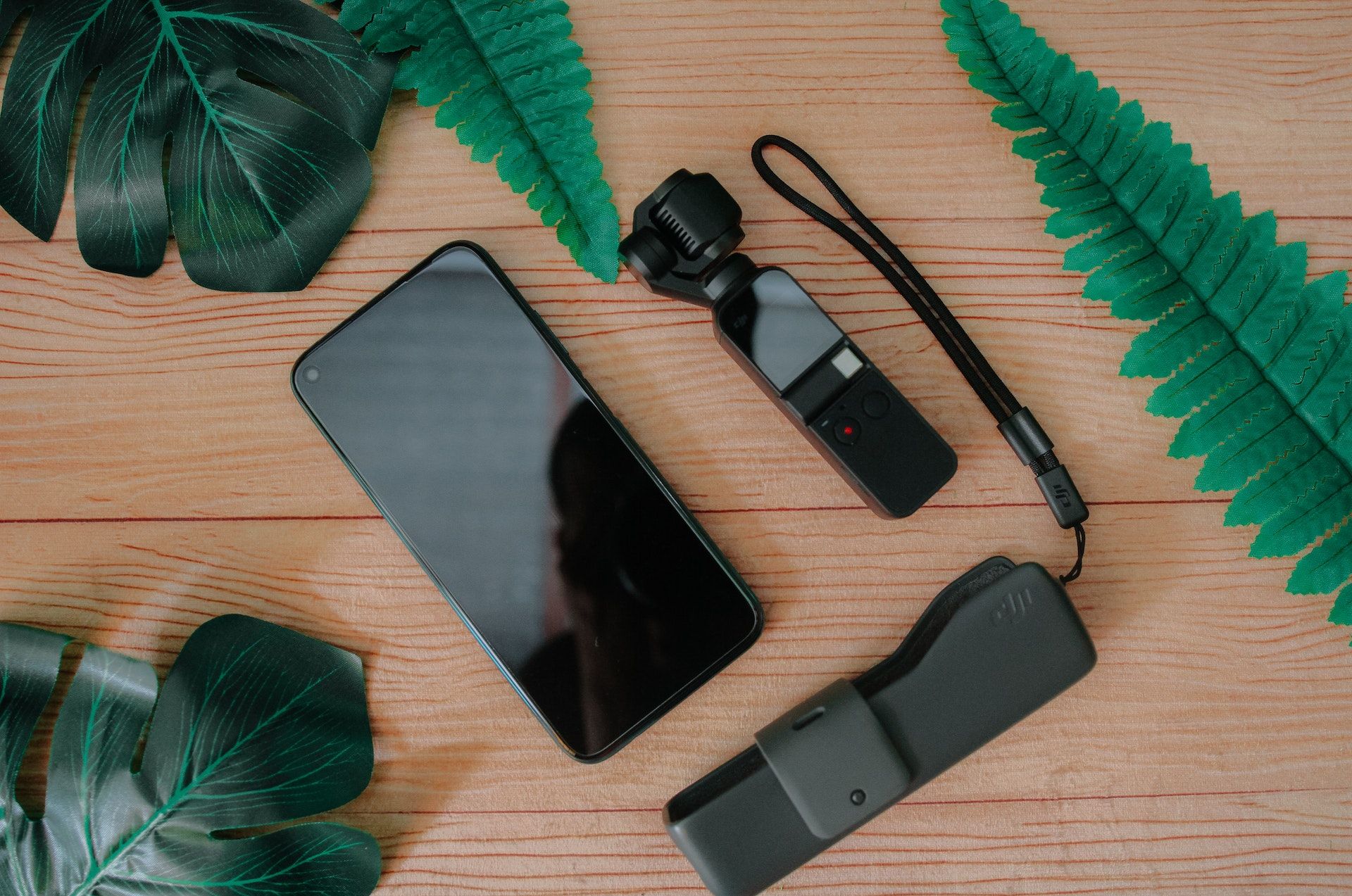If you read any beginner's guide on photography, you'll more than likely see photos of the "correct" way to hold a camera, usually featuring two hands. While this may prove helpful for a majority of the picture-taking population, there's still a segment of the community that can only take pictures with one hand. What about them?
In this guide, we're going to talk about camera types, settings, techniques, and gear for one-handed photographers to take amazing pictures.
Cameras for One-Handed Photography
It's not about the ability to operate any camera with one hand. Most cameras, even some of the largest DSLRs, can be used with one hand easily. The question is, what camera would you choose to use one-handed, especially if that was your only option?
If you don't need a large DSLR or mirrorless camera kit for professional work, then consider an option that's meant for portability.
Point-and-Shoots
Many photographers using one hand may prefer the much more compact and lightweight form factor of a point-and-shoot camera. Just about every camera company offers a compact camera of some sort. Here are just a few of them:
- The Canon PowerShot lineup including the SX740 HS and the G7 X Mark III, as well as the Canon IXUS 285 HS
- The Fujifilm X100 V
- The Nikon CoolPix A1000
- The Ricoh GRIII and GRIII X
- The Sony ZV-1; the RX100 M7; the DSC W-800; and the DSC WX220
If you're in the market for a new point-and-shoot, see our list of the best point-and-shoots for all budgets. Visit your favorite electronics store or camera shop and see how they feel in your hand.
Camera Settings for One-Handed Photography
Operating a camera with one dedicated hand can be challenging when there are multiple menus and dials to manipulate. That's why customization is important. Many current point-and-shoot models offer some form of customization.
Here are a few functions that are worth programming to a custom menu or buttons for easy accessibility:
- Drive mode or burst mode
- Focus mode, especially the ability to switch over to manual focus
- Metering
- Touch operations for focus and tracking
We left out some functions that are more specific to different genres of photography, but the above functions are common to most. And apart from being able to easily switch between the various modes (shutter priority, aperture priority, manual, etc.), it's equally important to access the core features of your camera one-handed.
Knowing what kind of pictures you like to take will help you customize your point-and-shoot for a one-handed shooting style. To help you out, see our list of the basic camera settings that every photographer should understand.
Camera Accessories for One-Handed Photography
Every photographer knows that they should carry spare batteries and memory cards. These accessories complete the picture-taking experience by making it possible to carry on throughout the day. For one-handed photography, there are a few essential camera accessories you should take with you.
Camera Strap
For one-handed photography, the first thing you should do is get a camera strap. Many point-and-shoot cameras are very small and not as easy to hold as their DSLR and mirrorless counterparts, so if you want to prevent an accidental drop, get a neck or wrist camera strap.
Grip Brackets
Some point-and-shoots allow for extension plates that screw into the bottom of the camera where the tripod mounts usually go. These plates are usually meant to work with additional accessories like microphones and fill lights. Some have a grip extension built-in that will make the camera easier to hold and less likely to slip.
LCD Screen Protectors
Using a camera one-handed will guarantee that any touchscreen use will be pretty heavy. A protective layer will protect the screen from damage and smudges. Screen protectors are typically a good idea for two-handed users as well.
Camera Case or Bag
Many point-and-shoot cameras are easily pocketable so that you can bring them everywhere just like your smartphone. But you may want to keep them in a small hard case or camera bag for traveling and storage. Another layer of protection will help prevent unnecessary damage. This is just one of the ways to keep your camera safe while traveling.
Shooting One-Handed Photography With a Smartphone
Considering the ergonomics and size variation of smartphones, there is no one right way to hold a smartphone one-handed. But there are a couple of general holding techniques to consider depending on the scene.
Subjects Below Eye Level
For subjects that are below eye level, like in food photography where the objects aren't moving and there's a reasonable amount of time to compose the shot, rest the phone on your fingers with your thumb free to snap the picture.
Subjects at Eye Level
There are several ways to take pictures one-handed at eye level with a smartphone, but they'll all be variations of two basic methods.
One method is to clasp the smartphone between your palm and fingers, so your thumb is free. Sometimes, it may be necessary to tip the smartphone slightly forward to hold it still. This may depend on both the size of the phone and your hands.
The other method would be resting the phone on your pinky or lowest finger, serving as a base for the smartphone to rest on. This method would likely be the best way to achieve a sharp image if you're new to one-handed photography.
If you're completely new to photography, there are some helpful mobile apps to help you learn photography.
Voice Settings for One-Handed Mobile Photography
The best overall camera settings for any mobile photographer will largely depend on your subject, skill level, and camera, not to mention whether you're using an iPhone or Android. So instead of a deep dive into camera settings, we'll talk about voice functions for one-handed camera users to make taking pictures a lot easier.
Some smartphone users will also have the option to use the screen as the shutter button or add a "floating" shutter button to the screen, you'll just need to check your camera settings. This will prove helpful for many users who find it difficult to wield a phone with one hand.
iPhone Users
For iPhone users, Siri is one of the few options available for voice command features. There are many Siri commands to use on your iPhone for general use. But you can also use Siri to access the camera and voice control to take the picture by saying "turn volume down".
The above video demonstrates how easy it is to use voice commands to take a picture. This method would allow one-handed iPhone users to hold their phones in whatever way is most comfortable and still take the shot.
Android Users
For Android users, one-handed smartphone photography using voice commands isn't as straightforward. The first step is to activate voice commands in Settings and download the necessary files. Google Support walks you through how to set up voice commands on Android phones.
There are many third-party voice recognition apps available for Android too, like VoCoCam. You can simply tell the app to take a picture.
Download: VoCoCam for Android (Free)
Accessories for One-Handed Smartphone Photography
A gimbal is a fantastic accessory for shooting one-handed smartphone pictures. Not only will you have controls next to your thumb to easily take pictures, but you'll also have stabilized video if you need it.
If you're in the market for a smartphone gimbal, we reviewed the FeiyuTech Vimble 3 gimbal and discovered that it's great value for money.
One-Handed Photography Doesn't Have to Be Difficult
Whether out of necessity or preference, one-handed photography isn't as difficult as you might think. With a little planning, you'll be able to find the right camera and accessories to make it work. And you can customize your camera's settings so that one-handed photography will be as easy as pressing the shutter button.

